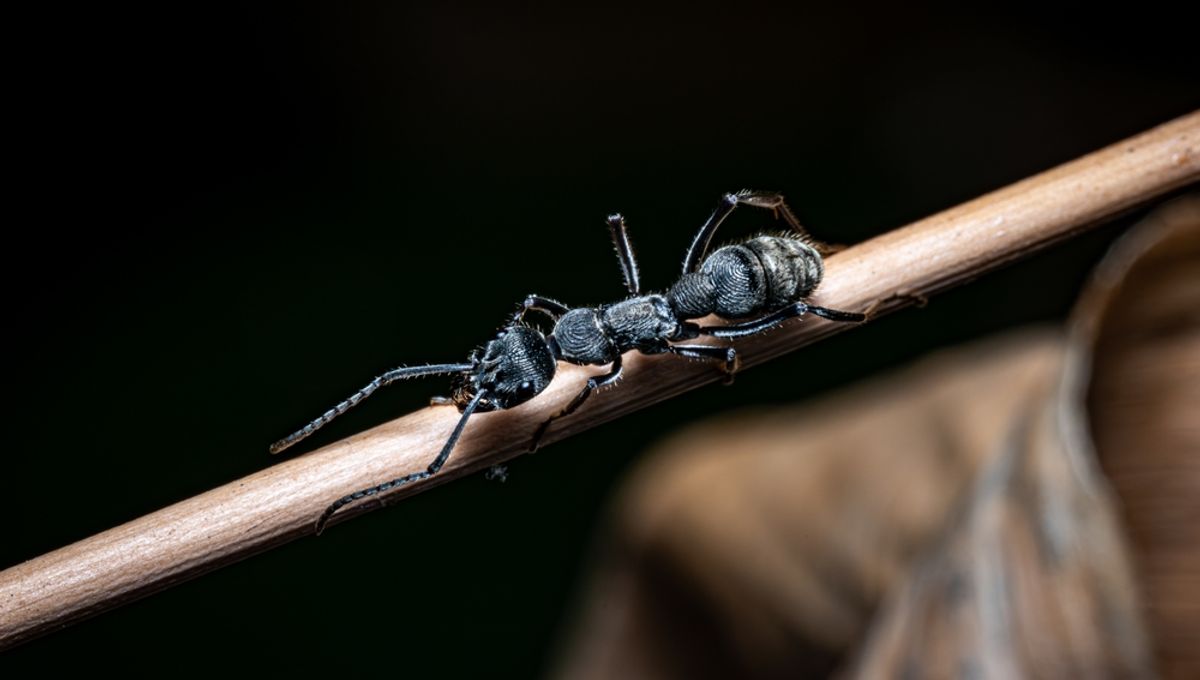
Being stuck in a queue of traffic on your daily commute is one of life’s common frustrations. Traffic jams aren’t unique to the human experience though – even ants are prone to logjams, but new research suggests they’re pretty nifty at getting themselves out of the chaos.
As masters of collective behavior, division of labor, and problem-solving, science has long taken a fascination with ants. However, one of the under-researched mysteries of ant activity is how they manage to stop traffic jams when the colony is relocating.
In new research, which has been posted as a preprint and has not yet been certified by peer review, scientists observed the relocations of 12 colonies of Diacamma indicum, known as the Indian queenless ant, to find answers to the questions of ant congestion.
Relocation, relocation
The researchers created a plexiglass “arena”, with the original ant nesting box placed at one end, and a new one placed at the other, at a distance similar to natural habitat relocation. The bridge connecting the two was wide enough for five ants to walk side by side, but briefly narrowed in the middle to allow only one ant through at a time, before widening again.
Together with surrounding the bridge with water, the researchers chose this design to mimic the natural habitat – heavy rain during monsoons often forces ant colonies to relocate across water-logged, sometimes narrow regions.
Each of the 12 colonies went through relocation twice and the researchers recorded the first ant to find the new colony. At random intervals, they also noted the heading direction of all ants and whether there were any ants “policing” entry and exit at the narrow part of the path.
It was also known before the study that D. indicum uses a system called “tandem running”. This process involves a “leader” ant, who knows the location of the new colony, returning to the original site and leading an uninformed ant to the new one. As such, the team also recorded the identities of the leaders and followers.
Solving congestion
Observations uncovered that tandem-running colony relocation led to significant movement in both directions, which in turn increased the risk of head-on collisions and congestion. The researchers witnessed 56 of these traffic jams and found that the likelihood of congestion increased 18-fold when the ants could only move through the one-lane pathway.
They also identified the categories of ants responsible for causing the traffic jams: 59 percent were returning leaders, 27 percent were brood transporters (those who carry other ants), and 14 percent were followers who had just gotten a bit lost.
On the upside, the vast majority of snarl-ups – 52 out of the 56 – were cleared. The ants achieved this with an impressive level of behavioral flexibility.
Rather than simply continuing back and forth, leader ants returning from the new colony changed their behavior in one of two ways after encountering a jam. Some performed a “switchover”, where a returning leader took over from a relocating leader, allowing the latter to return to the old nest and the new pair to head toward the new colony site.
Other returning leaders helped to pick up the lost followers causing jams, inviting them to form a pair and move towards the new nest.
Although, as a preprint, these findings are yet to be subjected to peer review, the authors believe that their research provides novel insights into the abilities of ants. They also suggest that it could inform traffic management in human society.
For now, though, it’s probably best to leave the house early and make sure you’ve got some good podcasts downloaded.
The preprint has been posted to bioRxiv.
Source Link: How Ants Get Themselves Out Of Traffic Jams